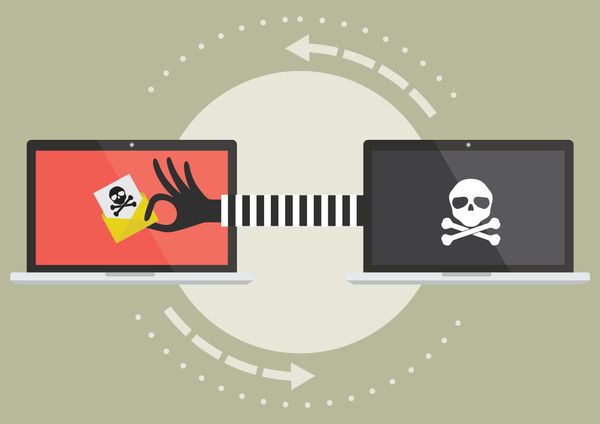Alleged Bitcoin Theft on Mt.Gox; US Attorney, FBI Investigate Outage

An alleged 744,408 Bitcoins woth some $480 billion were stolen from Mt.Gox over several years via malleability theft, according to Reuters.
Mt.Gox has been offline since Tuesday after halting withdrawals on Feb. 7 due to a DDoS attack. The attack halted withdrawals from at least three exchanges, including Mt.Gox, which was the only one who went offline.
“In light of recent news reports and the potential repercussions on MtGox’s operations and the market, a decision was taken to close all transactions for the time being in order to protect the site and our users,” Mt.Gox stated. “We will be closely monitoring the situation and will react accordingly.”
The alleged theft was described on a leaked crisis strategy draft. Rebranding and shutting down of Mt.Gox were found as planned in the draft, as well as Mt.Gox`s CEO Mark Karpeles plan to step back.
“At this point 744,408 BTC are missing due to malleability-related theft which went unnoticed for several years,” the leaked draft said. “The reality is that MtGox can go bankrupt at any moment, and certainly deserves to as a company.”
The transaction malleability exploit consists of changing the unique ID of a transaction before the bitcoin network confirms it. The unique transaction ID can be modified by the user’s digital signature, and altering the signature could create two transaction IDs for the same transaction.
Mt.Gox`s was vulnerable because the site was expecting transactions to be displayed in the public ledger under the certain hash it had recorded.
Mt.Gox`s exploit steps are as follows:
A user (A) requests a withdrawal from the exchange and waits for it to send transaction 1 (T1) with transaction ID represented by hash 1 (H1). Shortly after, user A adds a leading zero to transaction 1 to make the equivalent, but different, transaction 2 (T2) with hash 2 (H2). Transaction 2 is then quickly pushed into as many mining pools as possible to be validated. In the meantime, Mt.Gox is checking the blockchain to see if a transaction with H1 gets included. T1 with H1 ID never gets included because T2 with H2 ID gets included instead and Mt.Gox wrongly believes the withdrawal was never made because he expected transaction 1 with hash 1 to go through and not transaction 2 with hash 2 that was already accepted by the bitcoin network. In the last part, the exchange platform sends the bitcoin amount in transaction 1 back to its withdrawer. This means that user A withdraws the bitcoin amount from Mt.Gox without its knowledge and pretends it never happened.
After the supposed rebranding to “Gox” withdrawals of bitcoin and cash are planned to be limited on a daily basis.
tags
Author
Still the youngest Bitdefender News writer, Lucian is constantly after flash news in the security industry, especially when something is vulnerable or exploited.
View all postsRight now Top posts
Start Cyber Resilience and Don’t Be an April Fool This Spring and Beyond
April 01, 2024
Spam trends of the week: Cybercrooks phish for QuickBooks, American Express and banking accounts
November 28, 2023
FOLLOW US ON SOCIAL MEDIA
You might also like
Bookmarks









